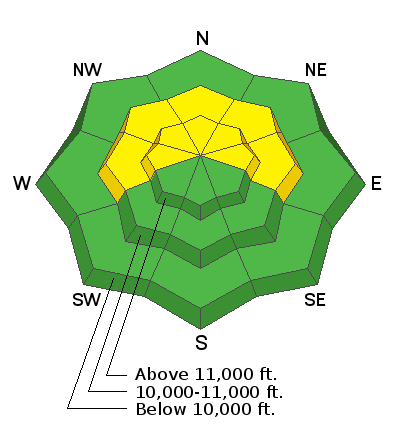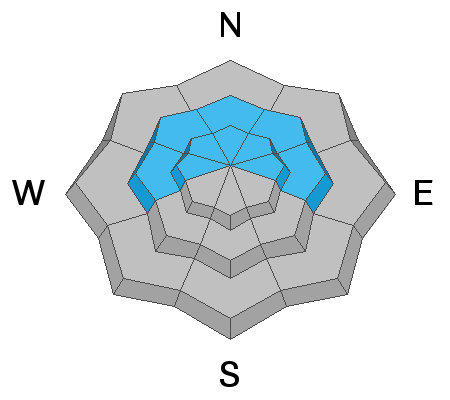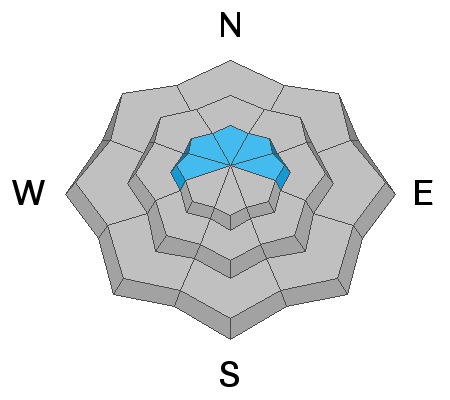Road Conditions: Grand County plowed the road and parking lot on Monday. The surface is down to the dirt and will be muddy later in the day.
Grooming: LUNA packed out trails on Sunday but things were still a bit rough. A couple inches of snow have fallen since then.
UAC operating schedule - We will continue issuing regular avalanche forecasts into mid April.
Spring Awareness Campaign - The UAC counts on donations from the backcountry community. We know these are uncertain times and any
donation during our awareness campaign will help us continue providing avalanche forecasting and education.
CDC Guidelines - Even in the backcountry and in parking lots, please follow CDC guidelines like limiting group size and keeping a distance of at least 6 feet from other people to protect yourself and others. Read the guidelines
HERE.
Taking risks - Be extra conservative to avoid the risk of accidents which can stress the capacity of our medical system.
24 Hour Snow 0" Weekly Snow 22" Base Depth in Gold Basin 68" Wind SSE 30-35 G50 Temp 27F
Weather: Strong southerly winds will continue to hammer the mountains today. Skies will be mostly sunny and high temps will be in the mid 30's. Clouds and scattered showers will develop tonight as a low-pressure trough and associated cold front move into the region. Lacking in moisture it looks like we'll only see a couple of inches from this system but we should see a decrease in winds as the storm moves through. Look for snow showers tomorrow, moderate SW winds, and high temps in the mid 20's. Saturday looks to be dry and mostly sunny.
Snowpack: Not much has changed. Recent and wind drifted snow has piled up on a fragile snowpack that in many areas is comprised largely of weak, sugary, faceted snow. Weak snow can be found on all aspects but the weakest snow exists on northerly facing slopes right around treeline and below. Alpine areas generally have a deeper and stronger snowpack, especially out in the middle of concave bowls. However, slope margins, wind-swept areas, and areas right around rocks, cliffs, or sub-ridges have a much thinner snowpack. Weak, faceted snow exists in these areas. The recent spate of natural and human triggered avalanches in the alpine have included areas of wind drifted snow that have propagated into areas with weak, faceted snow.
On Sunday, I and others observed this
large natural avalanche in Red Snow Cirque. It likely ran Saturday afternoon or evening after an increase in southerly winds. Like other slides of late, it involved wind drifted snow over top of weak, faceted snow.













